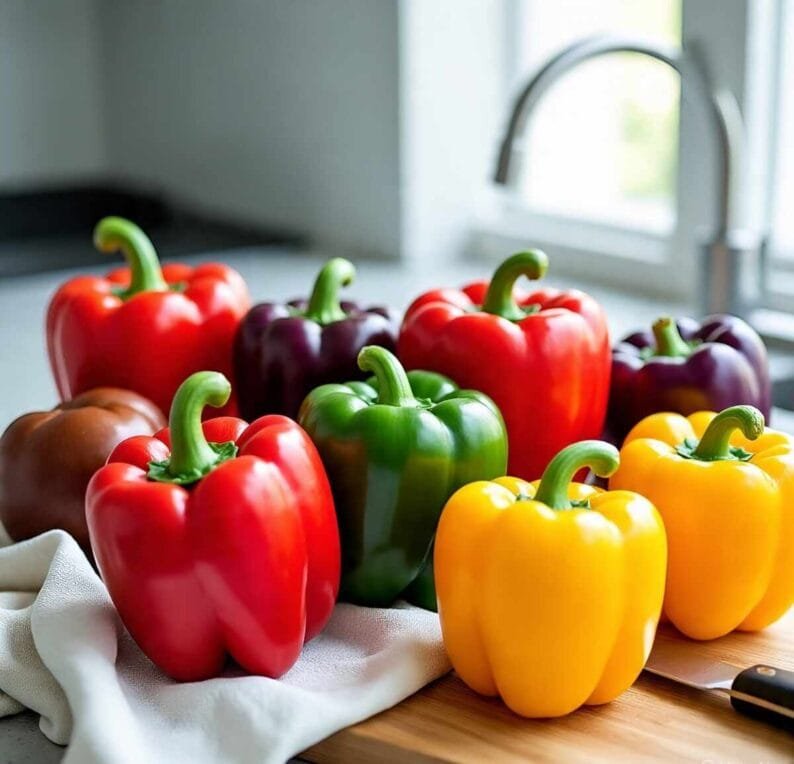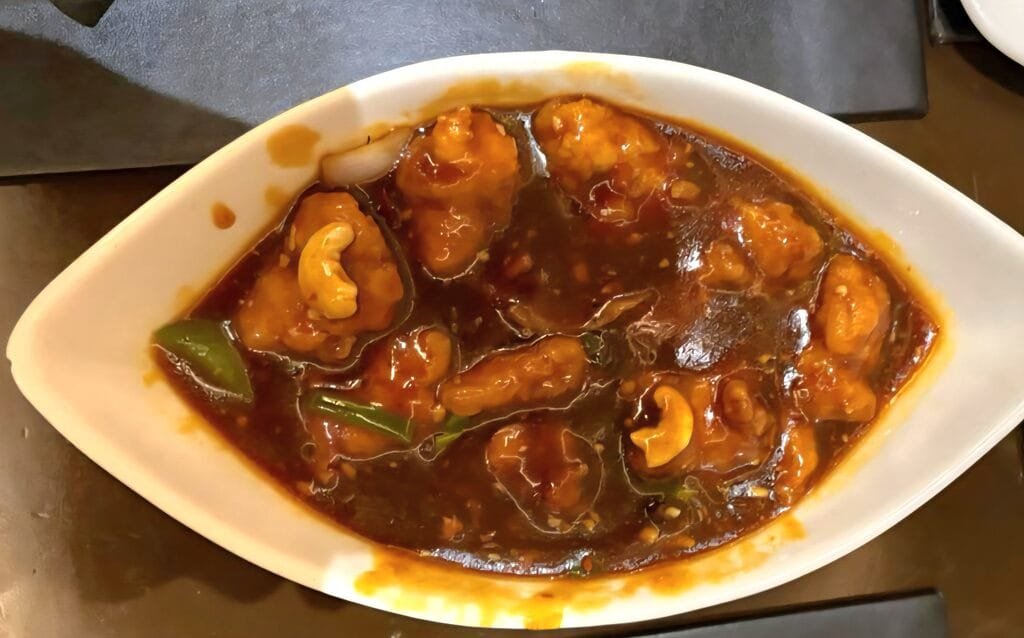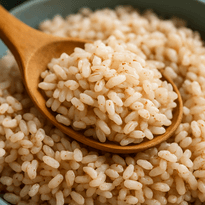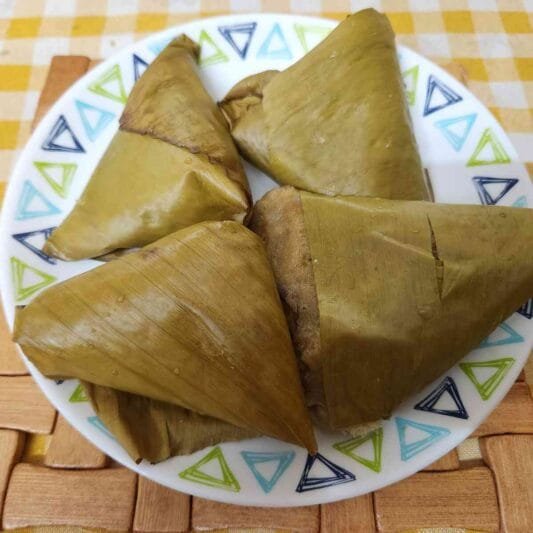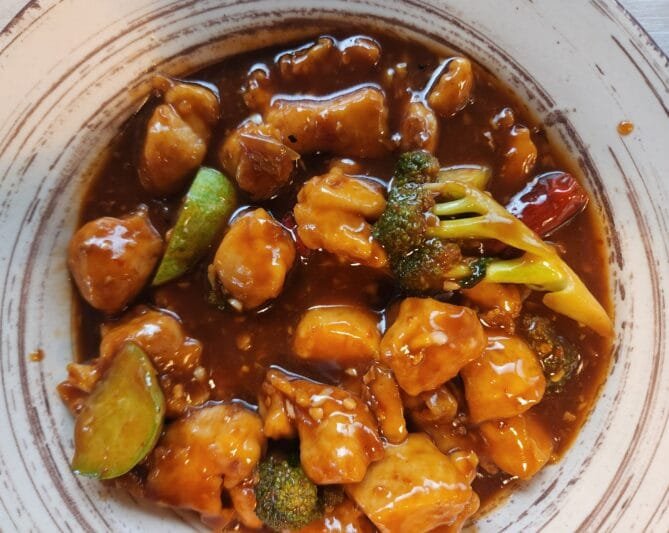If there’s one veggie that can brighten up your dinner table in seconds, it’s the humble bell pepper. Those shiny, jewel-toned beauties lined up in the produce aisle? They’re like nature’s paint palette—reds, yellows, oranges, greens, even purples and browns. They catch your eye with their cheerful colors, but here’s the thing: those colors aren’t just for show. Each one tastes different. That grassy green in your stir-fry is not the same as the sweet red blended into your soup. The secret lies in ripeness, pigments, and a little veggie science. But let’s step back for a second. Bell peppers aren’t just about flavor. They’re about memories of family dinners, easy weeknight stir-fries, fresh summer salads, and even lunchbox snacks that kids actually eat without complaint. They’re the confetti you sprinkle into your everyday meals to make them colorful, nourishing, and just a little bit more fun. So, why do they taste so different? Let’s go on a colorful journey through the rainbow of bell peppers, explore what makes each one unique, and talk about how you can use them to make your meals shine.
The Flavor Rainbow: A Pepper for Every Mood
One of the most delightful things about bell peppers is how their color tells you what to expect when you take a bite. Think of each shade as a personality trait—some bold and sweet, others earthy and strong, all with their own place in your kitchen.
Green Bell Peppers: The Sturdy Classic
Green peppers are the earliest to be harvested, which is why they’re less sweet and a bit more grassy or slightly bitter. That bitterness can be exactly what you want in certain recipes—like when you’re stuffing them with rice and beans, tossing them in a sizzling stir-fry, or sautéing them with onions for fajitas. They hold their crunch beautifully and bring that unmistakable “pepper” punch. They’re not everyone’s favorite raw, but once cooked, they mellow into something hearty and comforting.
Yellow Bell Peppers: The Sweet Sunshine
Yellow peppers feel like summer on a plate. They’re milder, sweeter, and have a subtle fruity note that makes them irresistible in salads or eaten straight as a snack. If you’ve ever tucked pepper slices into a lunchbox, you know how quickly the yellows disappear first. They add a brightness not only in color but also in flavor—a little sunshine for your taste buds.
Orange Bell Peppers: The Happy Middle
If yellow is sunshine and red is decadence, orange peppers sit right in the middle. They’re sweet, tangy, and full of flavor, making them an all-around favorite. Roast them, grill them, toss them into pasta or grain bowls—they just work everywhere. Their sweetness is balanced with a little zing, which means they can handle both savory and slightly sweet recipes with ease.
Red Bell Peppers: The Sweetheart Superstar
Red peppers are green peppers’ fully mature, glow-up version. They’ve stayed on the vine the longest, which gives them a naturally high sugar content and that candy-like sweetness. They’re rich, fruity, and almost luxurious compared to their greener siblings. Roast them and you’ll get silky, smoky ribbons that taste amazing in pasta, blended into hummus, or layered onto sandwiches. They also make a perfect sweet balance in spicy dishes like curries or salsas.
Purple Bell Peppers: The Showstopper
Less common but stunning when you find them, purple peppers bring a slightly earthy taste—closer to green in flavor—but with a unique twist. Their real magic is visual. Use them raw in salads or veggie platters, where their bold violet hue stays intact. Once cooked, the purple often fades, so keep these as your “raw and showy” peppers for when presentation matters.
Brown Bell Peppers: The Rustic Gem
Also known as chocolate or coffee peppers, these are the dark horses of the pepper world. Their flavor is a little smoky, a little sweet, and surprisingly rich. Think of them as the rustic, cozy cousin—perfect for stews, roasted vegetable mixes, or adding depth to hearty sauces. They’re not as widely available, but they’re worth grabbing if you see them at a farmer’s market.
The Science Behind the Colors
So why exactly do they taste different? The main difference is ripeness. Green peppers are picked early, so their flavor leans sharp and grassy. As they ripen, they transform—chlorophyll breaks down and carotenoids step in, giving us those sunny yellows, bold oranges, and sweet reds. Each stage of ripeness changes not only the color but also the sugar content, which is why red peppers taste so sweet compared to green. Purple peppers owe their bold color to anthocyanins, the same antioxidants found in blueberries. In short: color = flavor + nutrition.
- Chlorophyll: Green peppers are packed with chlorophyll, giving them that grassy flavor and color.
- Carotenoids: As peppers ripen, chlorophyll fades and carotenoids take over. Lycopene, one specific carotenoid, is what makes red peppers so richly red.
- Anthocyanins: Purple peppers get their striking color from anthocyanins, powerful antioxidants also found in dark berries.
- Sugar Content: As peppers mature, natural sugars increase, making reds the sweetest of all.
Nutrition Benefits of Bell Peppers
Bell peppers aren’t just beautiful and tasty—they’re also nutritional powerhouses. They’re loaded with vitamin C (even more than oranges), rich in vitamin A for healthy skin and eyes, and packed with antioxidants that help fight inflammation and reduce the risk of chronic diseases. They also bring plenty of fiber, which keeps your digestion on track and helps you feel full longer. Basically, they’re one of those veggies you can feel extra good about eating every day.
- Vitamin C Superstars: One red pepper gives you more than your daily requirement.
- Vitamin A & Beta-Carotene: Especially high in orange, yellow, and red peppers.
- Antioxidants Everywhere: Carotenoids, lycopene, and anthocyanins fight cell damage.
- Fiber-Friendly: Aids digestion and promotes satiety.
- Low-Calorie, High-Impact: Perfect for light but nutrient-rich meals.
Cooking With Bell Peppers: Ideas and Inspiration
Bell peppers are one of the most versatile veggies you can buy. Here are some ways to bring out their best flavors: Raw and Fresh: Slice them into sticks for dips, toss into a crunchy salad, or layer into sandwiches. Kids love the sweet yellows and oranges. Roasted: Roast until their skins blister and the flesh turns silky-sweet. Use in pasta, soups, sauces, or blend into a creamy roasted pepper dip. Grilled: Charred peppers add smoky depth—perfect on burgers, tacos, pizzas, or tucked into wraps. Stir-Fried: Their firm texture means they stand up to high heat. A must for quick weeknight stir-fries. Stuffed: Fill them with rice, lentils, quinoa, or seasoned meats. Bake until tender for a cozy, one-dish dinner. Soups and Stews: Red and brown peppers in particular add sweetness and depth to tomato-based soups, stews, or curries. Freezing for Later: Chop and freeze peppers to have on hand for quick soups and sautés—a real lifesaver on busy nights.
Homemaker Tips: Making the Most of Bell Peppers
Meal Prep Magic: Chop a rainbow of peppers on Sunday and store them in airtight containers. You’ll save loads of time during the week. Kid-Friendly Snacks: Pair sliced peppers with hummus or ranch. Sweet varieties like red and yellow are usually a hit with little ones. Budget Tip: Green peppers are almost always cheaper because they’re picked early. Mix greens with a few reds or yellows for both balance and savings. Storage: Keep peppers unwashed in the crisper drawer. They’ll last up to a week, though reds and yellows may soften a little faster than greens. Quick Flavor Upgrade: Roast a tray of peppers, onions, and garlic on Sunday night. Use them all week long in wraps, pasta, or omelets.
Bringing It All Together
Different-colored bell peppers aren’t just about aesthetics—they’re about flavor, nutrition, and creativity in the kitchen. Greens bring grassy freshness, yellows and oranges strike that perfect sweet balance, reds are luxuriously sweet, purples bring flair, and browns give rustic depth. Once you understand the differences, you’ll never look at them as “just peppers” again. So next time you’re at the store, don’t settle for just one color. Grab a whole rainbow. Roast reds and oranges for pasta, snack on yellows with hummus, toss greens into stir-fries, and show off purple peppers in a summer salad. Your meals will not only taste better, but they’ll also look like works of art. Bell peppers are proof that healthy food doesn’t have to be boring—it can be colorful, nourishing, and completely crave-worthy. Whether you’re cooking for family, prepping for a busy week, or just treating yourself to something delicious, peppers bring joy to the table every single time.
